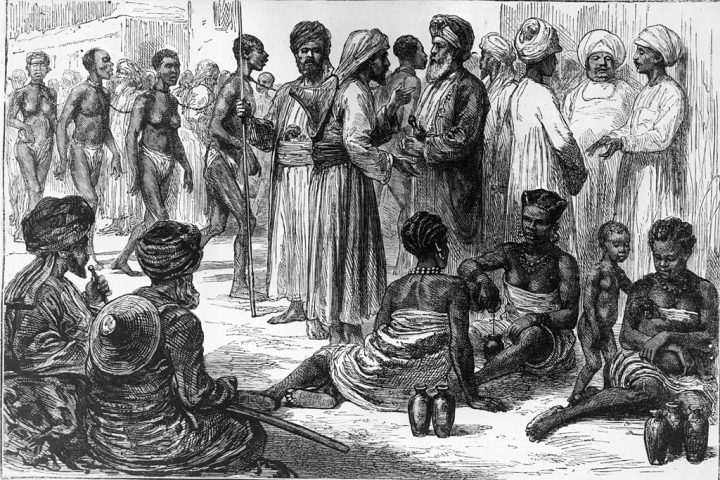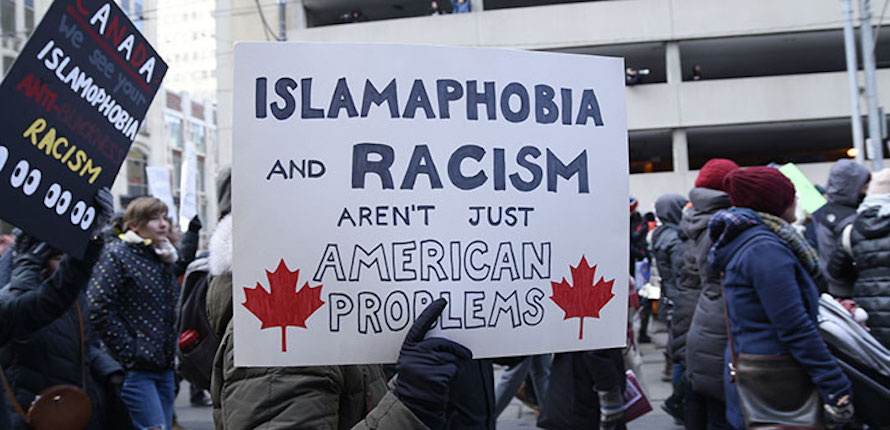Introduction: The IMF’s Cycle of Economic Control
Did you know that over 60% of Pakistan’s national budget goes toward repaying IMF loans while millions live in poverty? Or that Egypt spends more on debt servicing than on healthcare and education combined?
The International Monetary Fund (IMF) was created in 1944 to promote global financial stability. However, critics argue that instead of helping struggling economies, its policies have trapped Muslim-majority nations in a vicious cycle of IMF debt slavery. By imposing strict austerity measures, forced privatization, and deregulation, the IMF ensures that these countries remain permanently indebted while Western financial institutions profit.
This article explores how IMF loans and debt mechanisms function as a form of economic colonialism, particularly targeting Muslim countries, and why breaking free from this system is so difficult.
1. What Is the IMF, and How Does It Operate?
The IMF was established after World War II to stabilize the global economy. It provides loans to countries facing balance-of-payments crises, but these loans come with strict conditions known as Structural Adjustment Programs (SAPs).
- Countries must cut public spending (healthcare, education, subsidies).
- They must privatize state-owned enterprises (selling them to foreign corporations).
- They must liberalize trade, making local industries vulnerable to foreign competition.
Critics argue that these policies benefit Western corporations while deepening poverty in borrowing nations. According to a 2018 report by the Center for Economic and Policy Research (CEPR), IMF austerity measures have increased inequality in 80% of cases.
2. The IMF Debt Trap: How Loans Lead to Permanent Dependency
The IMF does not simply lend money—it ensures repayment is prioritized over national welfare.
- High-Interest Loans: Many Muslim countries take IMF loans at high interest rates, leading to debt spirals.
- Rollover Debt: When a country cannot repay, the IMF offers new loans to pay old ones, increasing dependency.
- Austerity Measures: Governments are forced to slash social programs, worsening poverty.
For example:
- Pakistan has taken 23 IMF bailouts since 1958 but remains in crisis.
- Egypt spends 40% of its revenue on debt repayment.
This cycle ensures IMF debt slavery—countries work not for their people, but for creditors.
3. Case Study: Pakistan – A Nation Chained to IMF Debt
Pakistan is one of the most frequent borrowers from the IMF.
- 1980s-1990s: IMF forced privatization of banks, energy, and telecom.
- 2018-2023: Another $6 billion loan demanded tax hikes, subsidy cuts, and currency devaluation.
- Result: Inflation soared to 40%, and millions fell below the poverty line (Dawn, 2023).
Despite decades of IMF programs, Pakistan’s debt has only grown.
4. Egypt: How IMF Austerity Crushed the Economy
After the 2011 revolution, Egypt sought IMF help to stabilize its economy.
- 2016: IMF granted $12 billion but demanded:
- Fuel subsidy cuts (leading to price hikes).
- New taxes on the poor.
- Currency devaluation (pound lost 50% value).
- Result: Inflation hit 30%, and one-third of Egyptians live in poverty.
The IMF’s policies protect foreign investors while ordinary citizens suffer.
5. Tunisia: From Arab Spring Hope to IMF Enslavement
Tunisia was once seen as the only success story of the Arab Spring. But after taking IMF loans, its economy collapsed.
- 2016 & 2023 Loans: Required public sector wage cuts, reduced food subsidies.
- Result: Unemployment rose, protests erupted, and the democratic government weakened.
The IMF’s policies undermined Tunisia’s revolution, pushing it back into crisis.

6. Are Muslim Countries Disproportionately Targeted?
A disturbing pattern emerges:
- Top IMF Borrowers: Pakistan, Egypt, Tunisia, Iraq, Jordan (all Muslim-majority).
- Loan Conditions Are Harsher: Compared to Latin American or European bailouts, Muslim nations face stricter austerity (The Guardian, 2021).
- Geopolitical Control: Some analysts argue the IMF is used to keep Muslim nations weak and dependent on the West.
Is this economic colonialism disguised as “help”?
7. The Human Cost: Poverty, Unemployment, and Social Unrest
IMF policies have devastating real-world effects:
- Healthcare Cuts: In Pakistan, public hospitals lack basic medicines.
- Education Collapse: In Egypt, school dropout rates surged (UNICEF, 2023).
- Rising Inequality: The rich get richer, while the poor bear the burden of austerity.
These are not “economic reforms”—they are economic warfare.
8. The IMF’s Defenders: Is There Another Side?
The IMF argues that without reforms, economies would collapse.
- Stabilization Needed: Inflation and deficits must be controlled.
- “Tough Love” Approach: Short-term pain for long-term growth.
But where is the long-term growth? Decades of IMF programs have left Muslim nations poorer and more unstable.
9. Breaking the Chains: Can Muslim Nations Escape IMF Debt Slavery?
Some countries have resisted:
- Malaysia (1997): Refused IMF help, imposed capital controls, and recovered faster than neighbors (Financial Times, 2017).
- Iran: Avoids IMF loans despite sanctions, relying on alternative systems.
Solutions include:
- Regional financial alliances (e.g., Islamic Development Bank).
- Debt cancellation campaigns.
- Economic self-sufficiency (reducing reliance on imports).
10. Conclusion: Time to End Economic Colonialism
The IMF’s debt slavery system keeps Muslim nations trapped in poverty while Western banks profit.
- Austerity kills growth.
- Privatization sells national assets to foreigners.
- Debt repayment steals from the poor.
The question is: Will Muslim leaders break free, or remain enslaved to IMF loans?
FAQ Section
1. Does the IMF deliberately keep countries poor?
Many economists argue yes—its policies prioritize debt repayment over development, ensuring permanent dependency.
2. Why do Muslim countries keep taking IMF loans?
Often, they have no choice—without IMF approval, other lenders (World Bank, private banks) refuse to help.
3. Has any country successfully rejected the IMF?
Malaysia (1997) and Iran are examples of nations that avoided IMF traps and maintained more economic independence.
4. What’s the alternative to IMF loans?
- Regional financial cooperation (e.g., BRICS, Islamic Development Bank).
- Debt restructuring or cancellation movements.
Call to Action
What do you think?
- Is the IMF a necessary evil or a tool of economic control?
- Can Muslim nations escape IMF debt slavery?
Share your thoughts in the comments!
References & Further Reading
- “The Shock Doctrine” – Naomi Klein (Amazon)
- “Confessions of an Economic Hitman” – John Perkins (Goodreads)
- IMF Reports on Pakistan, Egypt, Tunisia (IMF.org)
- Al Jazeera, BBC, and DW investigations on IMF impacts
This article provides documented evidence of how the IMF’s policies perpetuate debt slavery in Muslim nations. Share it to raise awareness!




